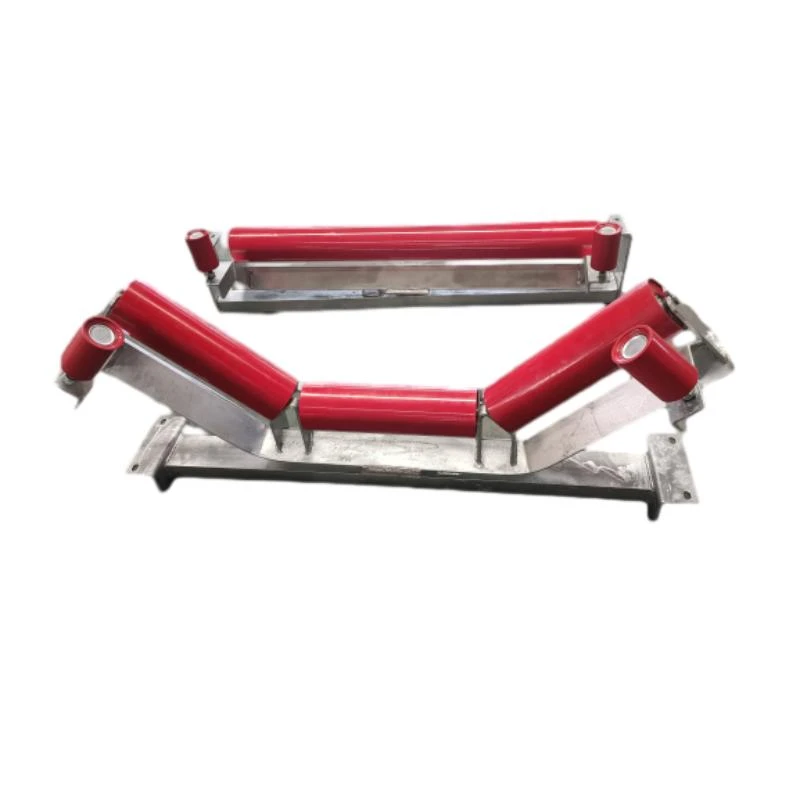 Afrikaans
Afrikaans  Albanian
Albanian  Amharic
Amharic  Arabic
Arabic  Armenian
Armenian  Azerbaijani
Azerbaijani  Basque
Basque  Belarusian
Belarusian  Bengali
Bengali  Bosnian
Bosnian  Bulgarian
Bulgarian  Catalan
Catalan  Cebuano
Cebuano  Corsican
Corsican  Croatian
Croatian  Czech
Czech  Danish
Danish  Dutch
Dutch  English
English  Esperanto
Esperanto  Estonian
Estonian  Finnish
Finnish  French
French  Frisian
Frisian  Galician
Galician  Georgian
Georgian  German
German  Greek
Greek  Gujarati
Gujarati  Haitian Creole
Haitian Creole  hausa
hausa  hawaiian
hawaiian  Hebrew
Hebrew  Hindi
Hindi  Miao
Miao  Hungarian
Hungarian  Icelandic
Icelandic  igbo
igbo  Indonesian
Indonesian  irish
irish  Italian
Italian  Japanese
Japanese  Javanese
Javanese  Kannada
Kannada  kazakh
kazakh  Khmer
Khmer  Rwandese
Rwandese  Korean
Korean  Kurdish
Kurdish  Kyrgyz
Kyrgyz  Lao
Lao  Latin
Latin  Latvian
Latvian  Lithuanian
Lithuanian  Luxembourgish
Luxembourgish  Macedonian
Macedonian  Malgashi
Malgashi  Malay
Malay  Malayalam
Malayalam  Maltese
Maltese  Maori
Maori  Marathi
Marathi  Mongolian
Mongolian  Myanmar
Myanmar  Nepali
Nepali  Norwegian
Norwegian  Norwegian
Norwegian  Occitan
Occitan  Pashto
Pashto  Persian
Persian  Polish
Polish  Portuguese
Portuguese  Punjabi
Punjabi  Romanian
Romanian  Russian
Russian  Samoan
Samoan  Scottish Gaelic
Scottish Gaelic  Serbian
Serbian  Sesotho
Sesotho  Shona
Shona  Sindhi
Sindhi  Sinhala
Sinhala  Slovak
Slovak  Slovenian
Slovenian  Somali
Somali  Spanish
Spanish  Sundanese
Sundanese  Swahili
Swahili  Swedish
Swedish  Tagalog
Tagalog  Tajik
Tajik  Tamil
Tamil  Tatar
Tatar  Telugu
Telugu  Thai
Thai  Turkish
Turkish  Turkmen
Turkmen  Ukrainian
Ukrainian  Urdu
Urdu  Uighur
Uighur  Uzbek
Uzbek  Vietnamese
Vietnamese  Welsh
Welsh  Bantu
Bantu  Yiddish
Yiddish  Yoruba
Yoruba  Zulu
Zulu Bending Design and Functionality of Conveyor Pulleys for Efficient Material Handling
Understanding Conveyor Bend Pulleys An Essential Component in Material Handling
In the world of industrial material handling, conveyor systems play a critical role in transporting goods efficiently across various distances. One of the integral components of these systems is the bend pulley, specifically designed to support the direction change of the conveyor belt. This article aims to explore the significance, functionality, and various applications of conveyor bend pulleys in modern industries.
What is a Conveyor Bend Pulley?
A conveyor bend pulley is a specialized type of pulley that alters the direction of the conveyor belt, typically at a bend or curve. These pulleys are strategically positioned in the conveyor system to guide the belt smoothly around corners, allowing for the efficient transportation of materials without disrupting the flow. Generally, they are located at the tail end or the bend section of the conveyor, where the belt needs to redirect its path.
The Importance of Bend Pulleys
Bend pulleys serve several key functions in a conveyor system
1. Guiding Belt Direction The primary role of a bend pulley is to guide the conveyor belt around corners, minimizing slippage and maintaining belt tension. This is crucial for ensuring the conveyor system operates seamlessly.
2. Load Distribution By providing stability, bend pulleys help distribute the load evenly across the conveyor belt. This balance prevents undue stress on particular sections of the belt, prolonging its lifespan and enhancing the overall efficiency of the system.
3. Preventing Damage Without properly functioning bend pulleys, the conveyor belt is at risk of misalignment, which can cause wear and tear, leading to expensive repairs and downtime. Bend pulleys help mitigate these risks by ensuring the belt stays on course.
4. Increase System Flexibility In many operational setups, space may be limited. Bend pulleys allow for more versatile layouts, enabling conveyor systems to navigate confined spaces while still maximizing efficiency.
Types of Conveyor Bend Pulleys
Conveyor bend pulleys come in various designs and materials, tailored to their specific applications
conveyor bend pulley

- Standard Bend Pulleys These are typically made of robust materials, such as steel, and are used in general applications
.- Heavy-Duty Bend Pulleys Designed to handle larger loads, these pulleys feature reinforced structures and offer higher wear resistance.
- Self-Aligning Bend Pulleys These pulleys facilitate self-adjusting capabilities, maintaining belt alignment even under varying loads and speeds.
- Rubber-Coated Bend Pulleys These are often utilized in environments where noise reduction and belt protection are priorities, as the rubber coating minimizes belt wear and vibrations.
Applications of Conveyor Bend Pulleys
Conveyor bend pulleys are vital in numerous industries, including
1. Mining The transportation of minerals and ores often requires conveyors to navigate through challenging terrains, making bend pulleys indispensable for efficient material handling.
2. Food Processing In food manufacturing plants, where hygienic practices are paramount, bend pulleys constructed from food-grade materials ensure compliance with health regulations.
3. Logistics and Warehousing With the rise of e-commerce, warehouses rely heavily on conveyor systems, where bend pulleys are crucial for managing the trajectory of goods from storage to shipping.
4. Manufacturing In manufacturing environments where precision is key, bend pulleys remain essential for ensuring that materials are moved without interruption.
Conclusion
In conclusion, conveyor bend pulleys may often be overlooked, but they are essential components that ensure the smooth operation of conveyor systems across various industries. Their ability to guide the conveyor belt, maintain load distribution, prevent damage, and provide system flexibility cannot be overstated. As industries continue to evolve and the demand for efficient material handling solutions grows, the importance of bend pulleys will only increase. Proper maintenance and understanding of these components will lead to enhanced operational efficiency and reduced downtime, ultimately benefiting the bottom line of industrial operations.
-
Revolutionizing Conveyor Reliability with Advanced Rubber Lagging PulleysNewsJul.22,2025
-
Powering Precision and Durability with Expert Manufacturers of Conveyor ComponentsNewsJul.22,2025
-
Optimizing Conveyor Systems with Advanced Conveyor AccessoriesNewsJul.22,2025
-
Maximize Conveyor Efficiency with Quality Conveyor Idler PulleysNewsJul.22,2025
-
Future-Proof Your Conveyor System with High-Performance Polyurethane RollerNewsJul.22,2025
-
Driving Efficiency Forward with Quality Idlers and RollersNewsJul.22,2025





























